
How Hong Kong shipping lost out to Singapore, and the industry leaders on a mission to raise its profile
The city’s history is entwined with shipping, but experts fear the industry risks being dismissed by the public as old-fashioned and unimportant. The Maritime Museum is launching a programme to raise awareness of the sector
If all of the 2,360 ocean going ships owned or operated by members of the Hong Kong Shipowners Association were placed stem to stern, the line of vessels would be 260km long.
It’s an impressive mental image, but in reality those ships are scattered all around the globe, and little of the southern Chinese city’s impressive sea power and related maritime sector is visible to the public eye.
Despite its pivotal role in the emergence of Hong Kong as a global trading centre, dating to the British occupation in 1842, some experts fear shipping is being dismissed as an old-fashioned legacy industry and is in danger of being overlooked by the public. There have even been calls recently to close the city’s busy container terminals and use the land for public housing.
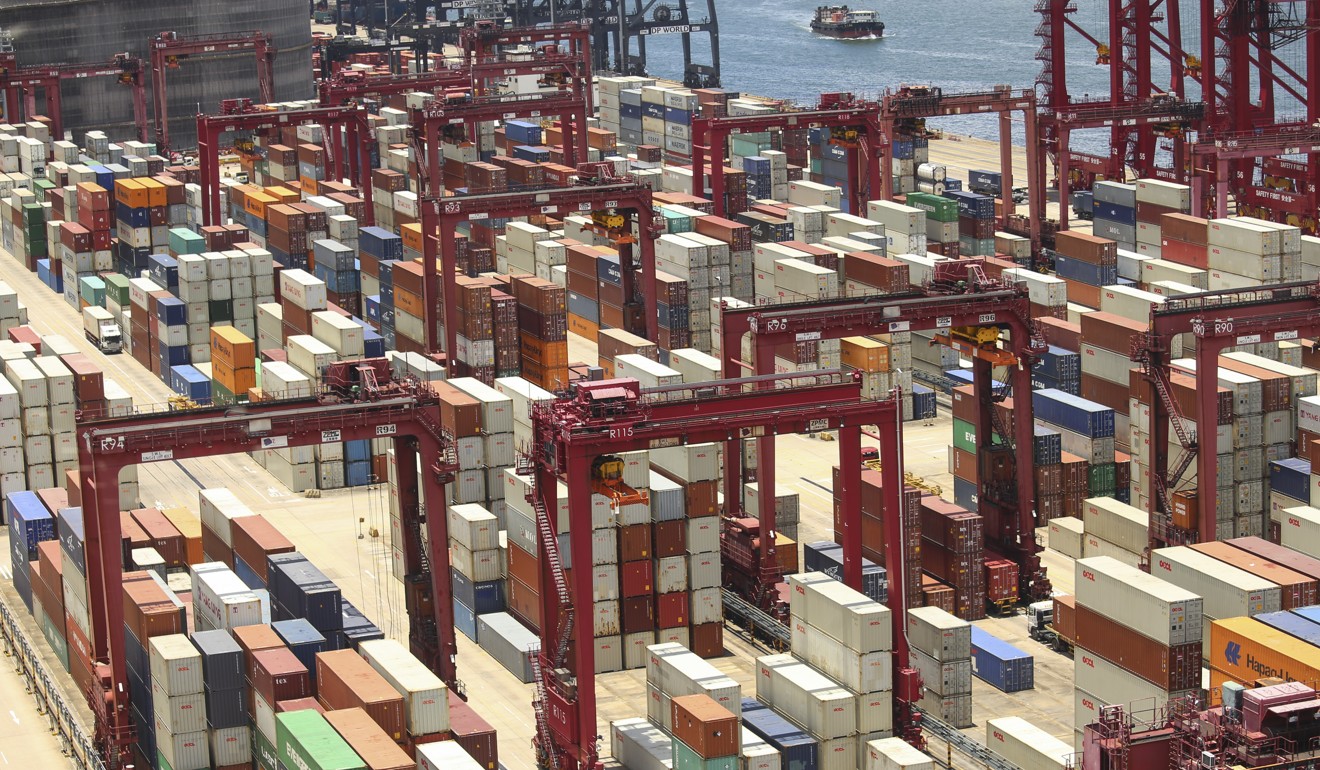
On May 12, the Hong Kong Maritime Museum, at Central Pier 8, will launch Nautic Quest, an ambitious programme for maritime learning, aimed at raising awareness among students and the public of Hong Kong’s vibrant port and shipping sector.
“The shipping industry has been concerned for about a decade now about how to remind the local community about the value of the maritime sector to Hong Kong,” says museum director Richard Wesley, who sees promoting shipping in the local community as an important part of the museum’s mission.

The HK$1.3 million Nautic Quest programme is supported by the Hong Kong Maritime and Port Board’s Maritime and Aviation Training Fund. It includes a new interactive website, a printed learning materials pack for schools and a roving Yuto Aquarium, which uses augmented reality to allow viewers to interact with dynamic digital display panels.
“Shipping is one of the main economic pillars for Hong Kong, but the nature of the industry is that it doesn’t tend to shout from the rooftops,” Wesley says, and he is not the only one concerned about its low profile.
“Shipping has a visibility problem,” says Jack Hsu, chairman of the Hong Kong Shipowners Association, from the office of shipping firm Oak Maritime, of which he is managing director. A model of its most recent acquisition, the US$60 million MV Tempo, takes pride of place in the office.
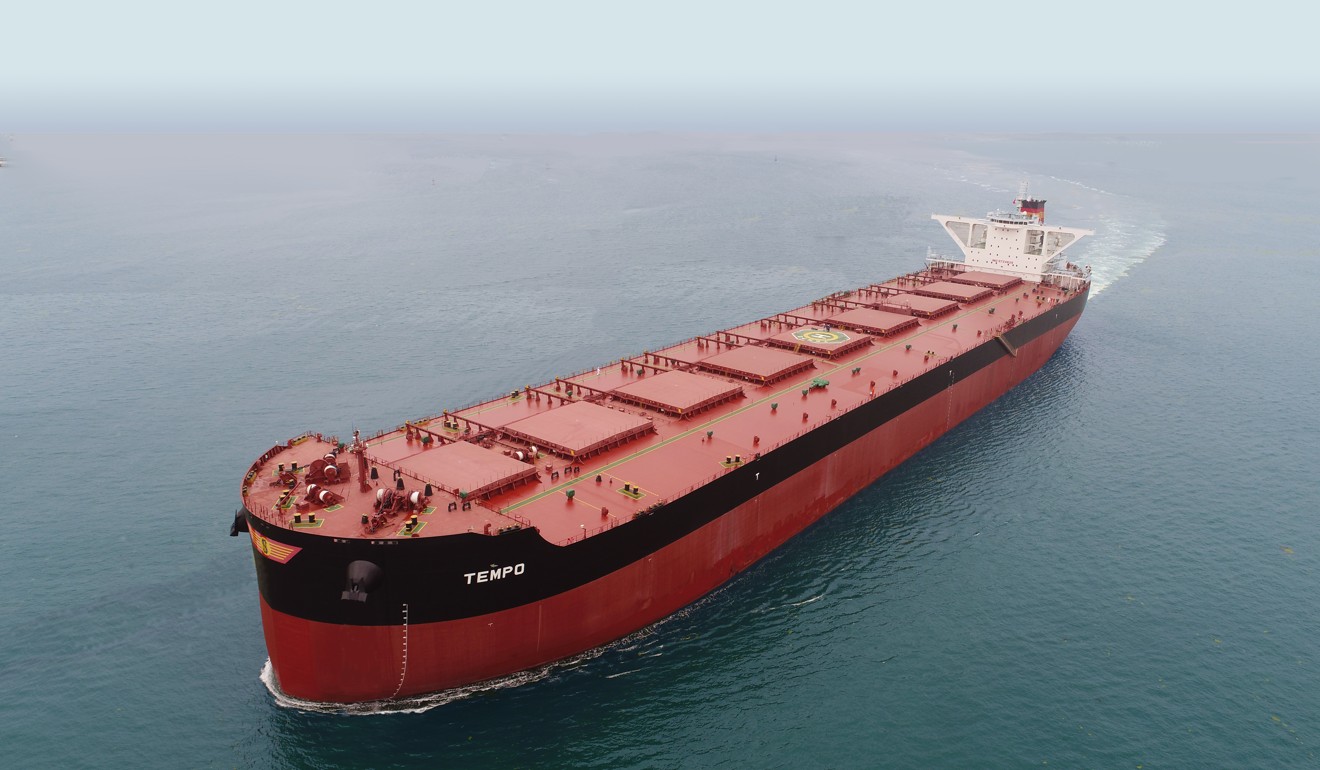
The 2,545 merchant ships listed on the Hong Kong register, which permits local and foreign-owned ships to fly the Hong Kong flag, are about five times the number of warships in China’s PLA Navy. Hsu says it’s the cluster of local businesses that these ships sustain in Hong Kong that makes them so important.
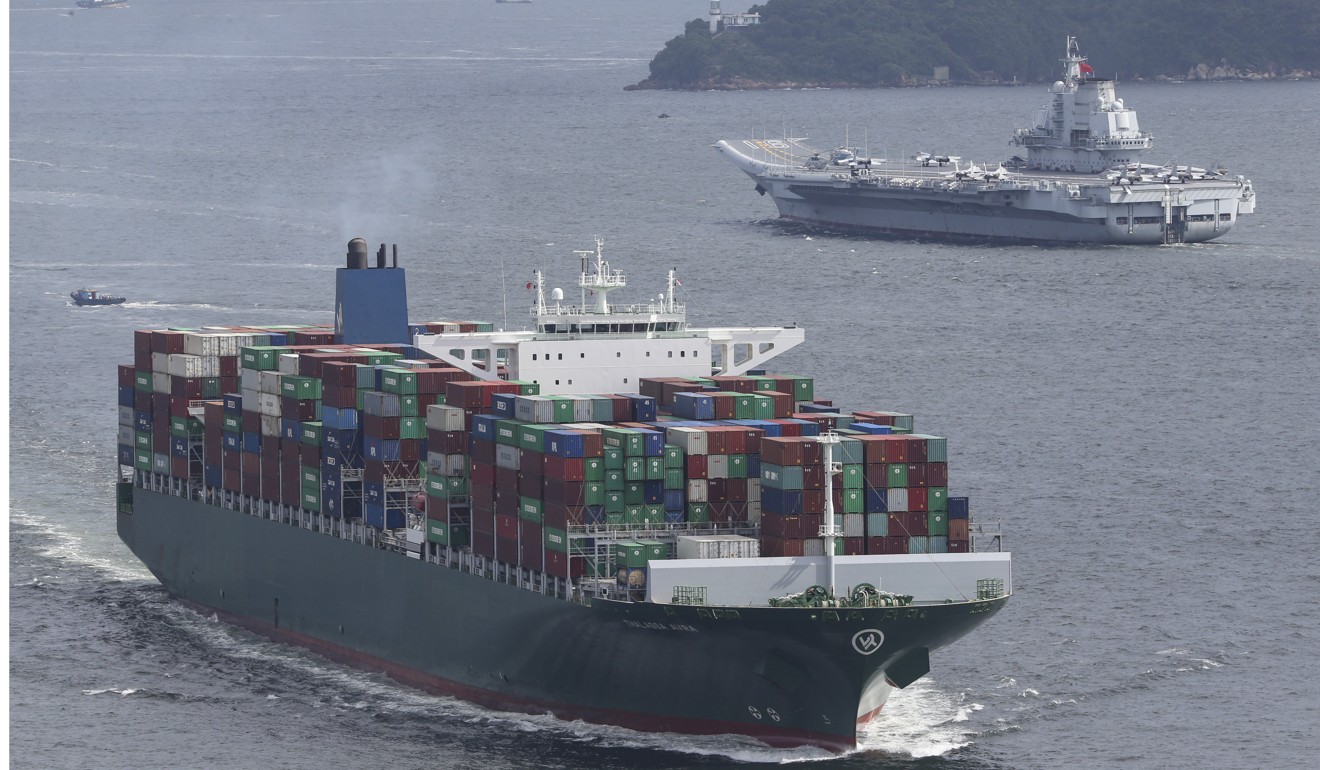
A report by the Trade Development Council reveals that Hong Kong was the world’s seventh largest trading economy in 2016, and this was facilitated by the strong presence of shipowners, cargo owners, ship brokers, ship financiers, maritime insurers, lawyers and an efficient port.
The so called “maritime cluster” is a sector that is growing despite the testing trading conditions that prevailed in the decade after the 2008 financial crisis.
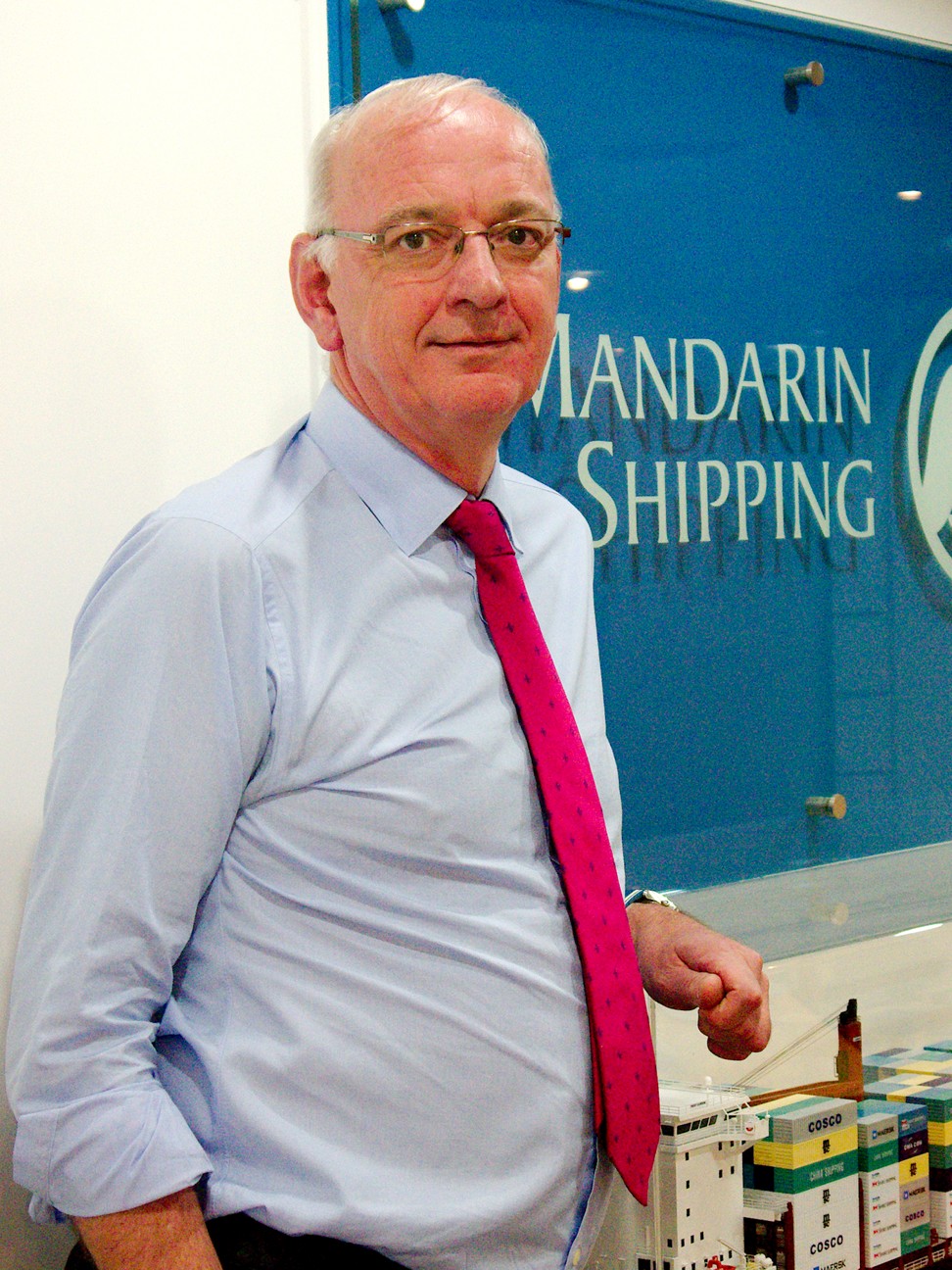
According to a government report submitted to the Legislative Council last year, the port and maritime industry contributes 1.3 per cent (HK$29 billion) of Hong Kong’s GDP and employs 88,000 people, which represents 2.3 per cent of total employment.
More importantly, the port and maritime sector underpins the development of the trade and logistics industry, which accounts for 20 per cent of Hong Kong’s GDP and 20.4 per cent of total employment.
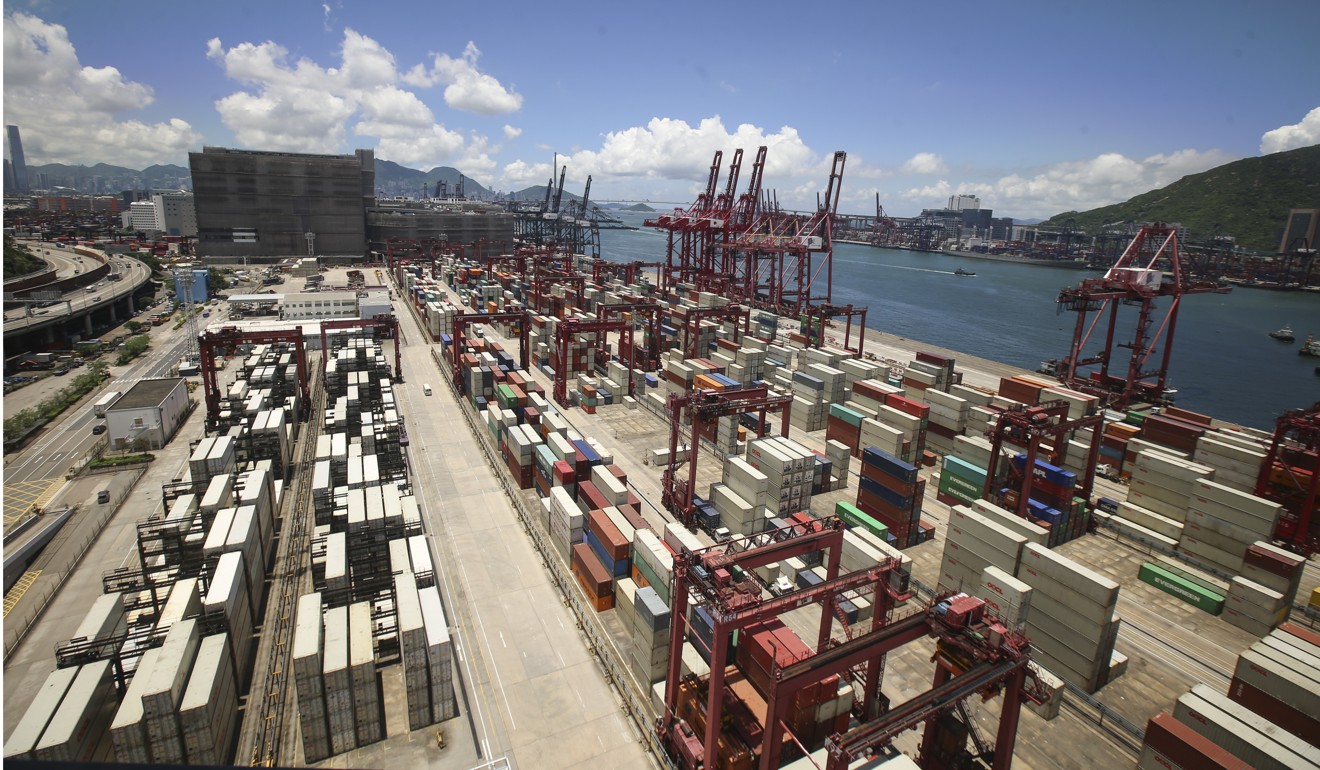
Hong Kong’s new aspirations to become a smart digital city, driven by science and innovation.
Why Hong Kong’s container port may be in terminal decline, and what that would mean for a city that appears not to care
Even the city’s port, the fifth busiest container port in the world, which recorded a throughput of more than 20 million TEUs (20ft equivalent container units), in 2017, an increase of 4.8 per cent on the previous year, is frequently dismissed as little more than a potential building site for public housing.
“I think we need to do more promotion of the port to the Hong Kong public … people do not understand the port and its importance to the economy,” says Jessie Chung Wai-yin, chair of the Hong Kong Container Terminal Operators Association.
Singapore is our competitor and its government is offering marine companies financial incentives to set up there because they know it creates jobs
“Colleagues in Europe tell me that they are so proud of Rotterdam because it used to be the No 1 biggest port in the world. Now it’s not even in the top 10, but no one would dream of calling for the port of Rotterdam to be closed down,” says Chung. “It’s just ridiculous.”
Huxley points out that there’s more than just Hong Kong’s port at stake. “Hutchinson Ports is one of the world’s biggest port operators, so it’s not just Hong Kong port but many others such as Harwich, Brisbane and Buenos Aires which are all controlled from here”, he says.
Some shipping insiders express frustration in private that while theme parks merit financial subsidy from the government, the shipping sector – which facilitates the global trade on which the city’s prosperity was built – is forced to justify its existence.
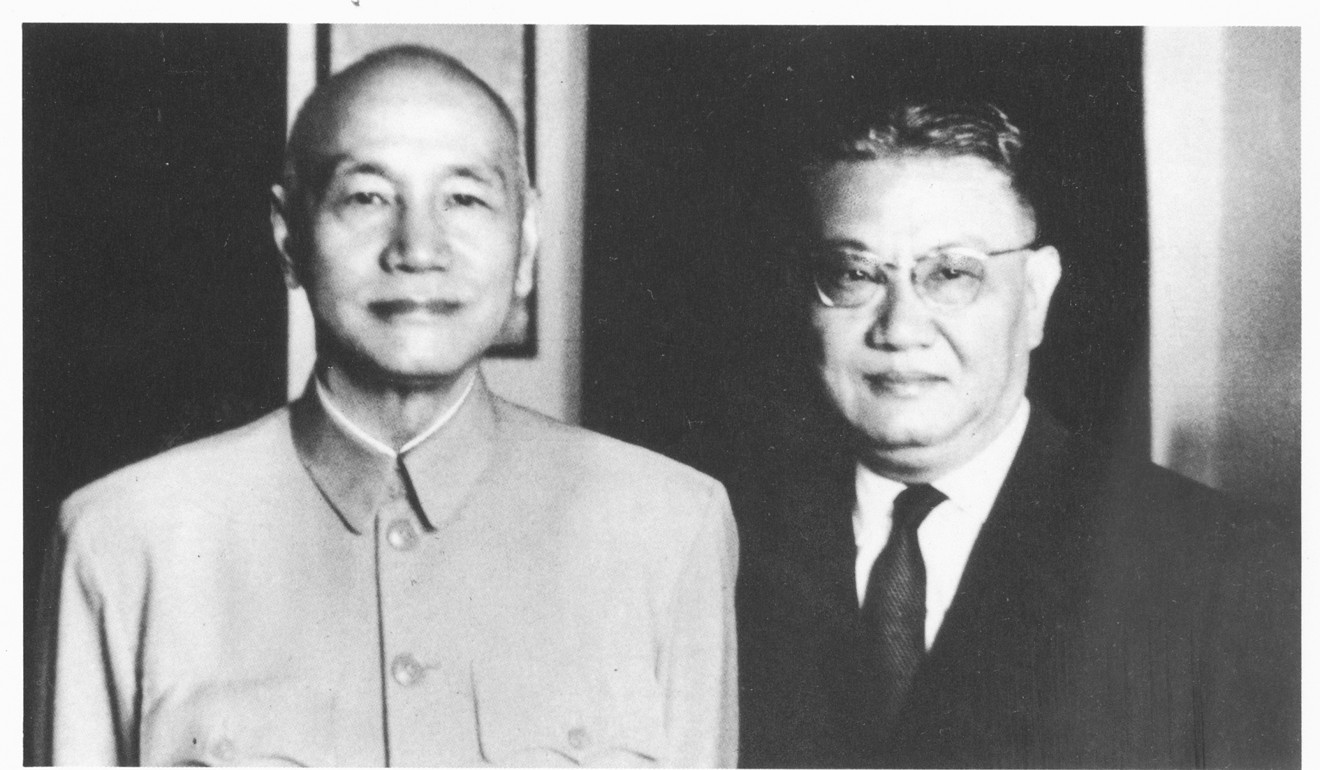

This feat of engineering put Hong Kong shipping in the international spotlight. At 458.45 metres, it was longer than the height of Hong Kong’s current tallest building, the International Commerce Centre.
As shipping flourished in Hong Kong’s local laissez-faire business environment, rival ports including Singapore made concerted efforts to attract international shipping and maritime businesses.

In 2009, Hong Kong suffered the indignity of losing one of its oldest and best-known shipping companies, which moved its headquarters out of the city where it was founded.
What street names say about Hong Kong’s maritime past
At the time it was widely reported that the reason was more favourable double-taxation concessions, which can save shipping companies millions of US dollars every year. While Singapore aggressively negotiated double-taxation treaties with many other nations – to prevent shipping companies being penalised for moving freight in and out of different tax regimes – Hong Kong was slow off the mark.

“We can do more locally to help the maritime ecosystem,” says Hsu, adding that other companies in the sector are considering leaving Hong Kong.
Meanwhile China is embracing the “blue economy”, the new buzzword referring to the coordination all marine-based industries, from shipping to fishing and coastal tourism, while ensuring that the ocean is managed in a responsible and sustainable way.
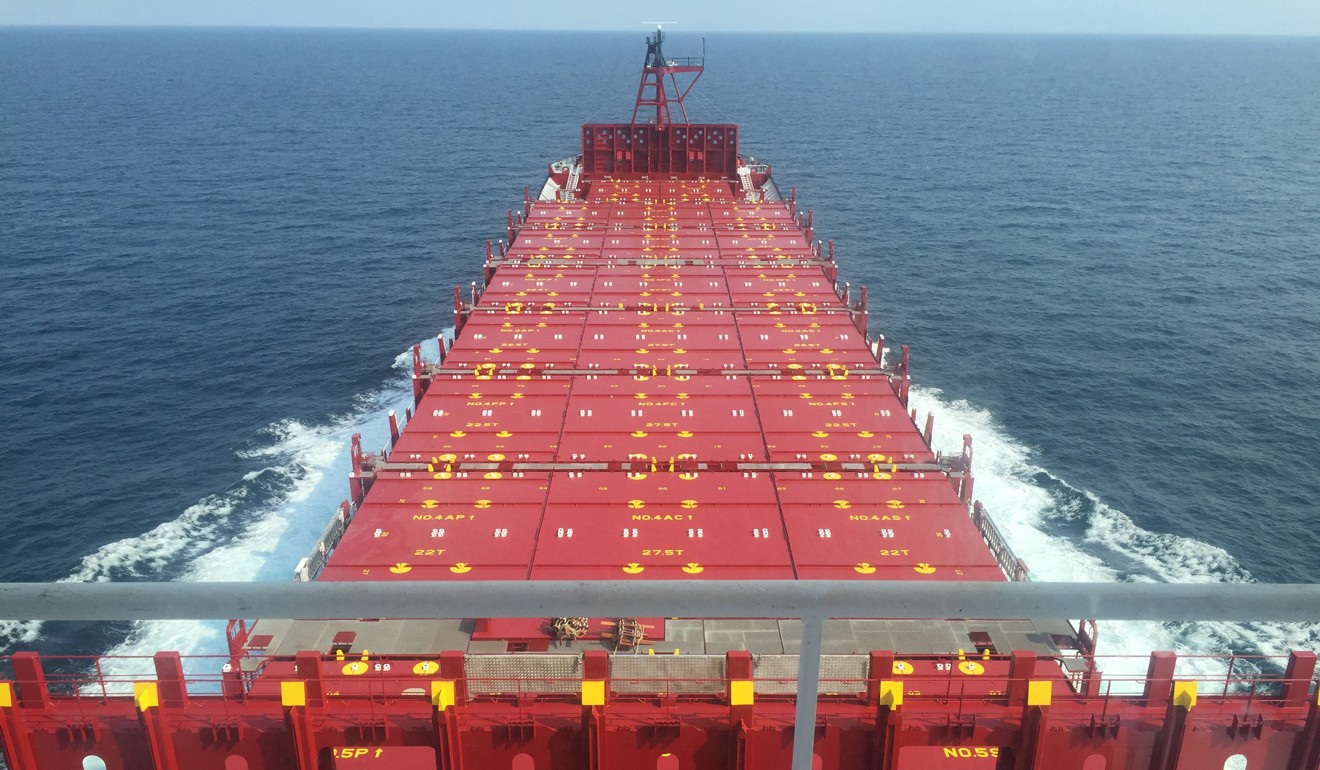
The Hong Kong Shipowners Association organisation wants to see a statutory body in place to represent the interests of the city’s maritime sector. Hsu fears its needs can easily be drowned out by the more politically sensitive issues of public housing, MTR expansion, taxi policy, the third runway and bus fares.
Huxley says that with some encouragement Hong Kong could take a lead in the new blue economy being pursued on the mainland.
“Hong Kong is good at shipping, so why not develop what we are good at?”
The Yutu Aquarium website can be found at nauticquest-yuto.com/

